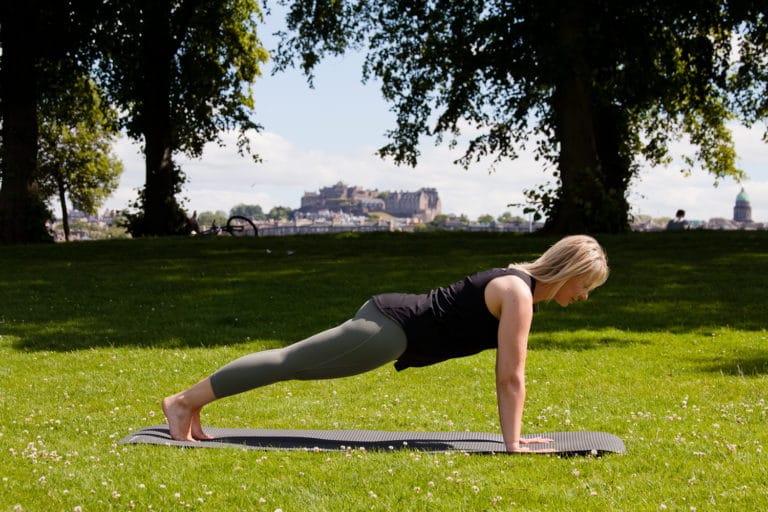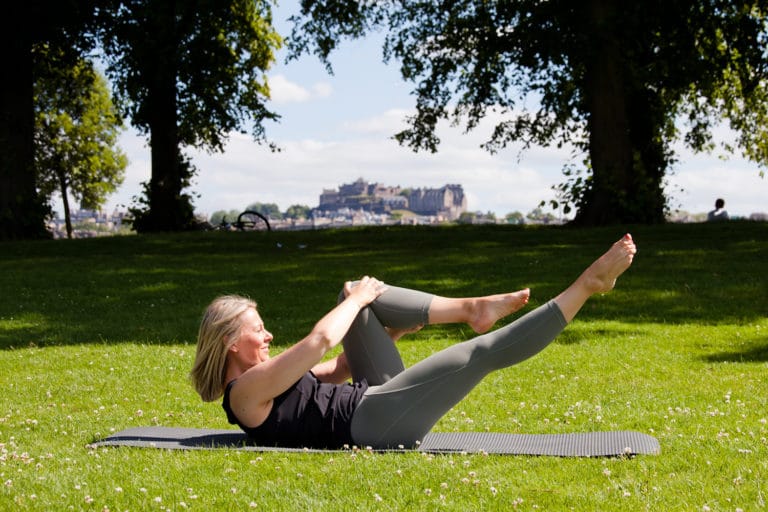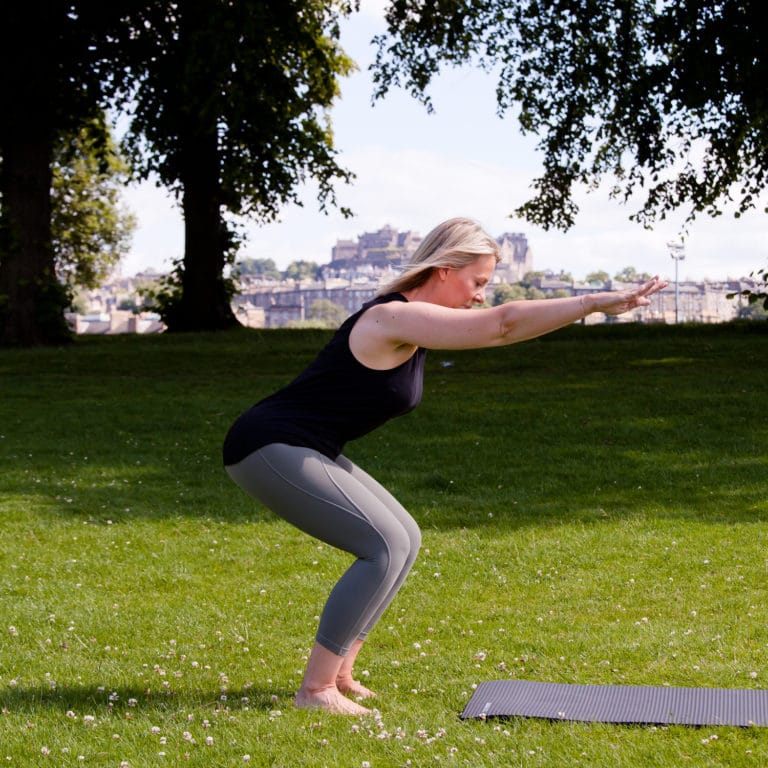We’re living and working at home. It’s the new normal. Unfortunately so is an increase in back, neck and shoulder pain as a result of moving less and sitting at badly set up work spaces. So today on the blog, we’re looking at the best pilates exercises to improve your posture at home.
Modern life is turning out to be detrimental to our posture. Sitting in front of screens – be it ipad, laptop, tv or smartphone, leads to bad postural habits.
And the pandemic has only exacerbated that situation as we took our entire lives online in a bit to stay connected during covid-19; online usage in the UK increased by 78%, as this recent article highlights.
With more and more of us spending the bulk of our time gazing at our computers and devices, the result is a parallel epidemic of tight lower backs, stiff necks, and achy shoulders (read more about that in this article). It’s showing up in my group classes, in my private 1 to 1 work and in the physio clinics where I work like never before.
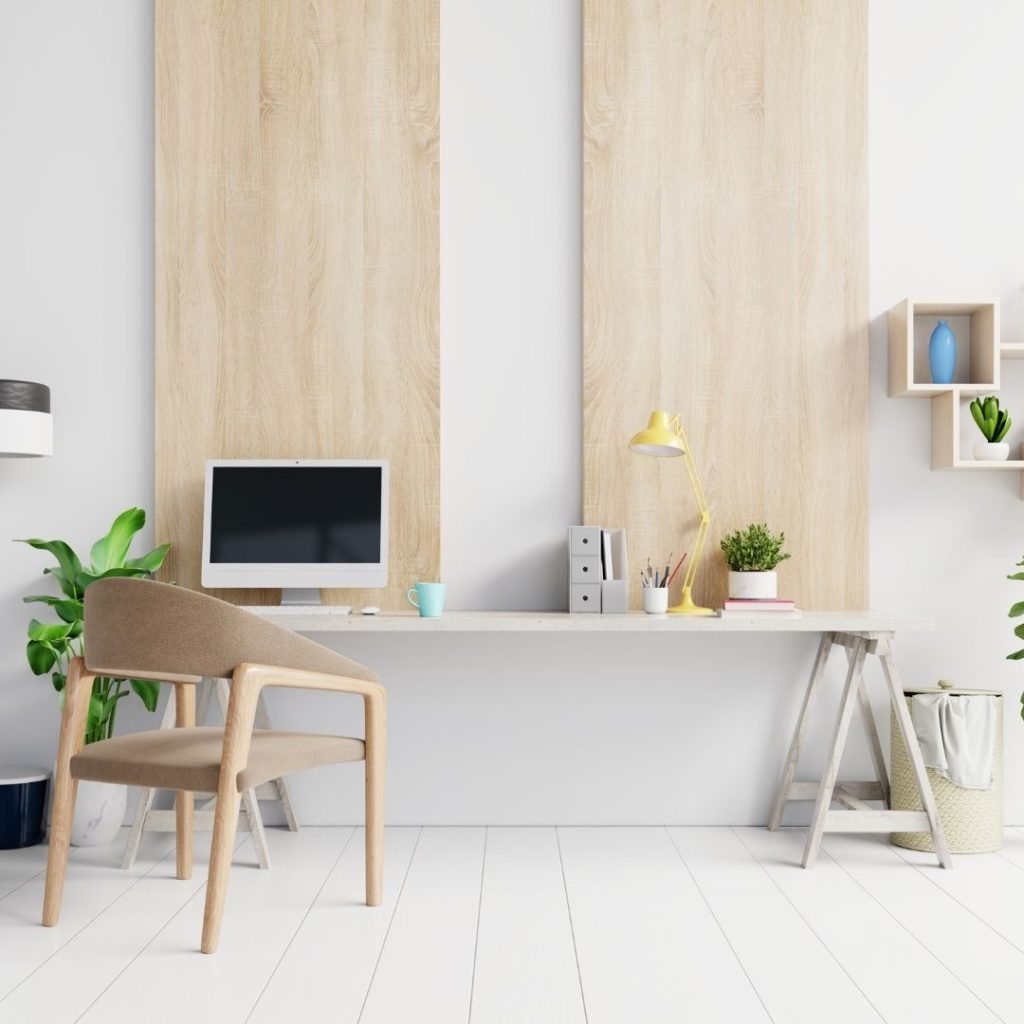
Why should you care about good posture at home?
Good posture doesn’t just make you look better, it can make you feel better. Performing your daily activities and routines with proper posture reduces the risk of injury and takes pressure off your lower back.
For example, when the spine is “long” or “tall,” pressure on the individual spinal discs is relieved.
And when you pull your abdominals in and up, it helps to support your back, which reduces the risk of injury while sitting, lifting or twisting.
Inside The Lifetonic Club, members have access to simple at- home pilates programmes, made up of stretch and strengthening exercises to help improve their posture at home, as well as set them up for healthier movement patterns while sitting, standing, or lifting.
So here are 5 of my favourite pilates for posture exercises that you can try at home for yourself. These exercises can be added to your regular exercise routine or try them on their own.
For the best results, try to practice them two or three times a day for a week. If you’re a member of The Lifetonic Club, then you’ll know I’m all about scheduling in 10 minute movement breaks into your day, and these simple exercises are perfect for this.
Notice how you feel at the start and then after a month or two, you may find that it’s easier to sit and stand with good posture and that you feel less tension in your low back, neck and shoulders.
If you’re new to working out at home, then you might find this blog post I wrote called ‘ 4 tips for a better at-home workout’ useful too.
Let’s take a look at each exercise one by one, so as you’re all set to do them at home by yourself…
1.The Pilates Spine Curl

Strengthening the back of your body (especially your bum and hamstrings, which have become really lazy in modern day life) will help correct a slouched or round-back posture and help you maintain a tall spine while seated. Lie on your back with the knees bent, feet flat on the floor, and arms at your sides. Press into the feet equally and feel the shoulders wide. Start the move by tucking your tailbone underneath you to flatten your low back into the mat and then roll all the way through your spine. Don’t go so high that your lower back pinches; imagine a straight line from your knees to your hips to your shoulders. Roll down one vertebra at a time. Repeat three to five times.
2. The Pilates Plank

The pilates plank is a full-body strengthening exercise that can help counteract a variety of postural imbalances including swayback, slouching, or favoring one side. From a 4 point kneeling position, extend one leg at a time straight back in line with your hip, keeping your toes tucked under. Wrists should line up under your shoulders. Keep your head in line with your spine. Pull your abs in and up. Imagine a straight line extending from the top of the head to the hips to the heels. Hold the pose for a breath or two before returning to all fours. Repeat three to five times.
3. Chest Expansion

I do this all the time during the day. Stretching the pecs muscles, that run across the front of your body, reverses our habitual forward rounding posture (think driving, texting, and gazing at your laptop screen).
If you sit or stand with rounded shoulders, this will feel amazing! Like I say, I do this all the time!
Stand with your feet a comfortable distance apart and find a tall spine.
Lengthen your arms down by your side, palms facing behind you, and let your collarbones widen naturally. Bring your arms forward and then actively press them behind you, opening your shoulders and staying wide through the front of the chest.
Release the arms back forward and repeat.
Try two or three rounds of 8 to 10 reps.
4. Dart

Again one of my absolute favourite pilates exercises for posture.
Think of this as a three-for-one: it stretches the chest as it strengthens the back body and inner thighs.
Lie on your stomach with your arms at your sides, palms up. Bring your big toes to touch and let your heels fall apart (you are internally rotated at your hips here). Rest your forehead on your mat or soft cushion. Pull the abdominal muscles in; imagine your navel lifting off the mat and let your pubic bone get heavy beneath you.
Then, simultaneously rotate the thighs to parallel, rotate the arms to turn the palms to face in towards your body and extend your head, neck and upper back sequentially form the mat.
Back off out of this if you feel a pinch in your lower back. Keep your neck long and tuck the chin slightly. Lower everything back down to the mat. Repeat three to five times.
If you’re a beginner, you can try breaking this done by firstly focusing on just connect the inner thighs. Once you’ve patterned that, just focus on turning the arms. When you’re comfortable with that move, practice extending your upper back.
Then try bringing all three moves together.
When you are done, push your bum back to your heels and take a rest position counter-stretch (also known as child’s pose).
5. Pelvic floor tone and release (Flower)

One of the most under utliised exercises for both woman AND men. Like your glutes, your pelvic floor is another muscle group that become lazy the more you sit.
So what are you putting at risk by not training your pelvic floor muscles? For woman, your uterus, bladder and bowel. For men, your bladder and bowel.
For both, they are important for good sexual function and are also supporting your entire spinal column, so there needs to be enough strength and tone to ‘push back’ against the weight bearing down on them.
I tend to do this one sitting at my desk. When you’re working your pelvic floor, it can be helpful to have a bit of feedback, hence sitting on something. A cushion, folded towel or pilates overball also works well too.
Let’s assume for this one, you’re doing it on a chair at your desk.
Find a tall spine and bring your feet parallel.
Take a breath in and as you exhale, start to engage your pelvic floor muscles from front to back – firstly by drawing the back passage together, bring this sensation forward by ‘zipping up’ underneath you towards the pubic bone.
From there, imagine you are drawing all the petals of a flower inwards into a tight bud (the feeling of drawing your pelvic floor muscles up and inside). You are looking for a gentle engagement – never any gripping!
Hold and breath naturally for a count of 8.
Then gently imagine the tight bud unfurling back into a blooming flower, making sure to release your pelvic floor muscles from front to back.
There is a specific way for woman to recruit their pelvic floor and it’s always from back to front. This is important.
If you are a man reading this – and yes men have a pelvic floor and yes it’s just as important to work it, your pattern of recruitment is slightly different to what is described above.
You need to focus on drawing up from the front of your body and then inwards (also cued as ‘nuts to guts’). But you can imagine the same idea with the flower.
Other tips for maintaining a healthy posture at home.
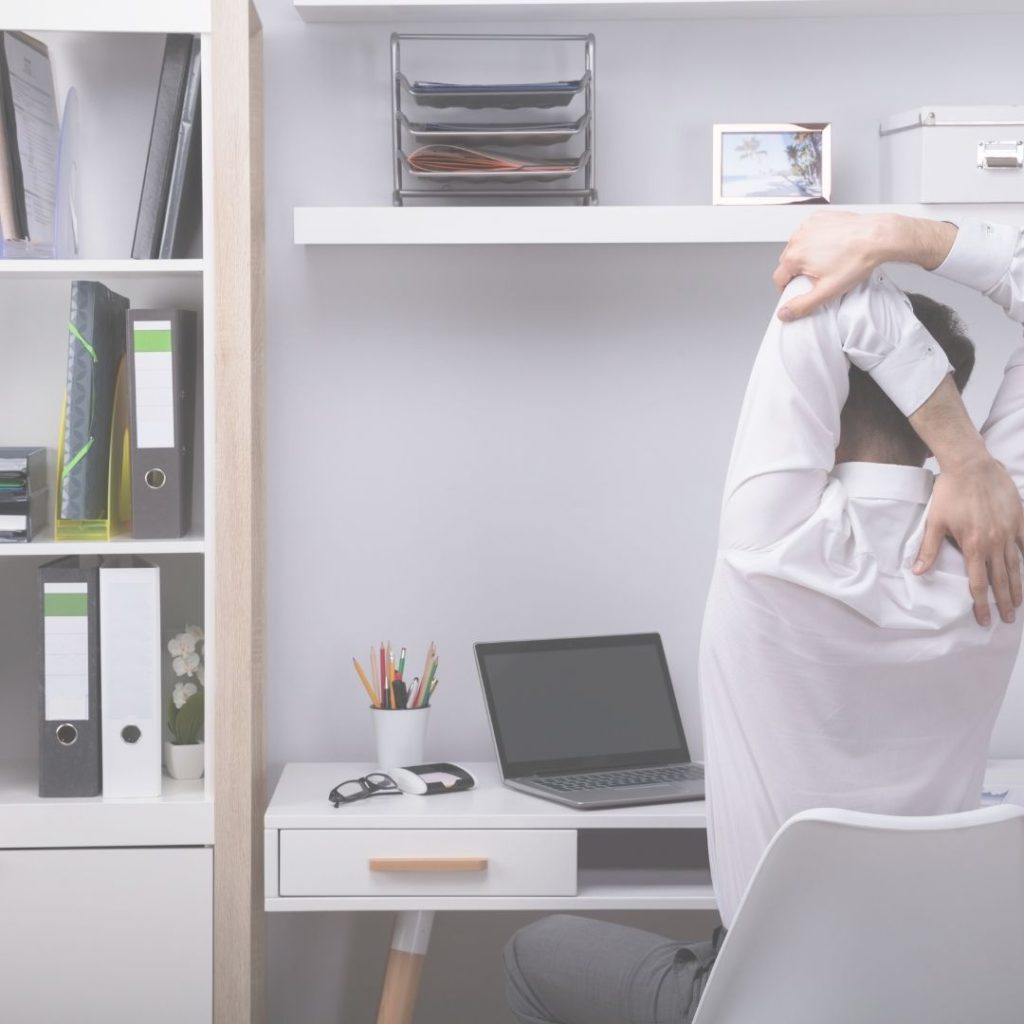
Our daily habits also affect posture so here are a few other helpful tips for improving your posture at home:
- If you regularly carry a briefcase, rucksack or any form of handbag (although I guess in lockdown we’ve really been doing this so much), but as we transition and get out and about more, bear this in mind and try switching sides from time to time.
- If you are a mum or dad of a new baby, make sure to alternate which arm you use to hold your baby.
- If you have been feeling especially stressed or anxious during lockdown (read this article by King’s Collge, London, because you are not alone), then now would be an excellent time to take up pilates.
Pilates is characterised as form of mindful movement that can help alleviate the symptoms of stress and anxiety; it teaches you to stay present on your mat, can help to ease tight and tense muscles brought on by stress and connects you to your breathing, which can help you get control over unhelpful thoughts.
Try my pilates for stress and anxiety workout linked here for you.
You can also read this blog post I wrote all about the unique way pilates has helped me navigate my own feelings of stress and anxiety.
- We spend so much of our lives sitting, so why not sit better? When you are at your desk, your feet should be flat on the floor. If the floor is too far away, add a footrest to bring the floor closer to you.
- Adjust your monitor so that you don’t need to hunch or jut your chin to read comfortably. A computer stand or even a pile of old books can raise your monitor or laptop to the proper height.
- If you spend a lot of time on the phone, invest in a headset or earbuds instead of balancing your phone between your ear and shoulder.
- If you are employed by a business, ask them for a work station risk assessment to help ensure your set up at home is not going to cause you any issue for musculoskeletally.
And finally – did I mentioned the importance of taking movement breaks?!
Consider programming alerts on your phone to remind you to take these throughout the day. All you need is 10 minutes to move, stretch, breath and stay healthy.
When it comes to good posture, subtle changes can reap big rewards.
Let me know if you’ll try these pilates for posture at-home exercises by leaving a comment below or send me an email to hello@ostarapilates.com
I hope you enjoyed this blog post and found it helpful.
Love Julie x
Ready to create a new healthy habit at home?
Then try my FREE 21 Days of Pilates Challenge – just 10 minutes per day for 21 Days, straight to your inbox!
SIGN UP BELOW to get started today!
Perfect for those short daily movement breaks you’re going to be scheduling after reading this blog post!
Videos include:
- Healthy Backs
- Pilates at Your Desk
- Pilates for Posture

